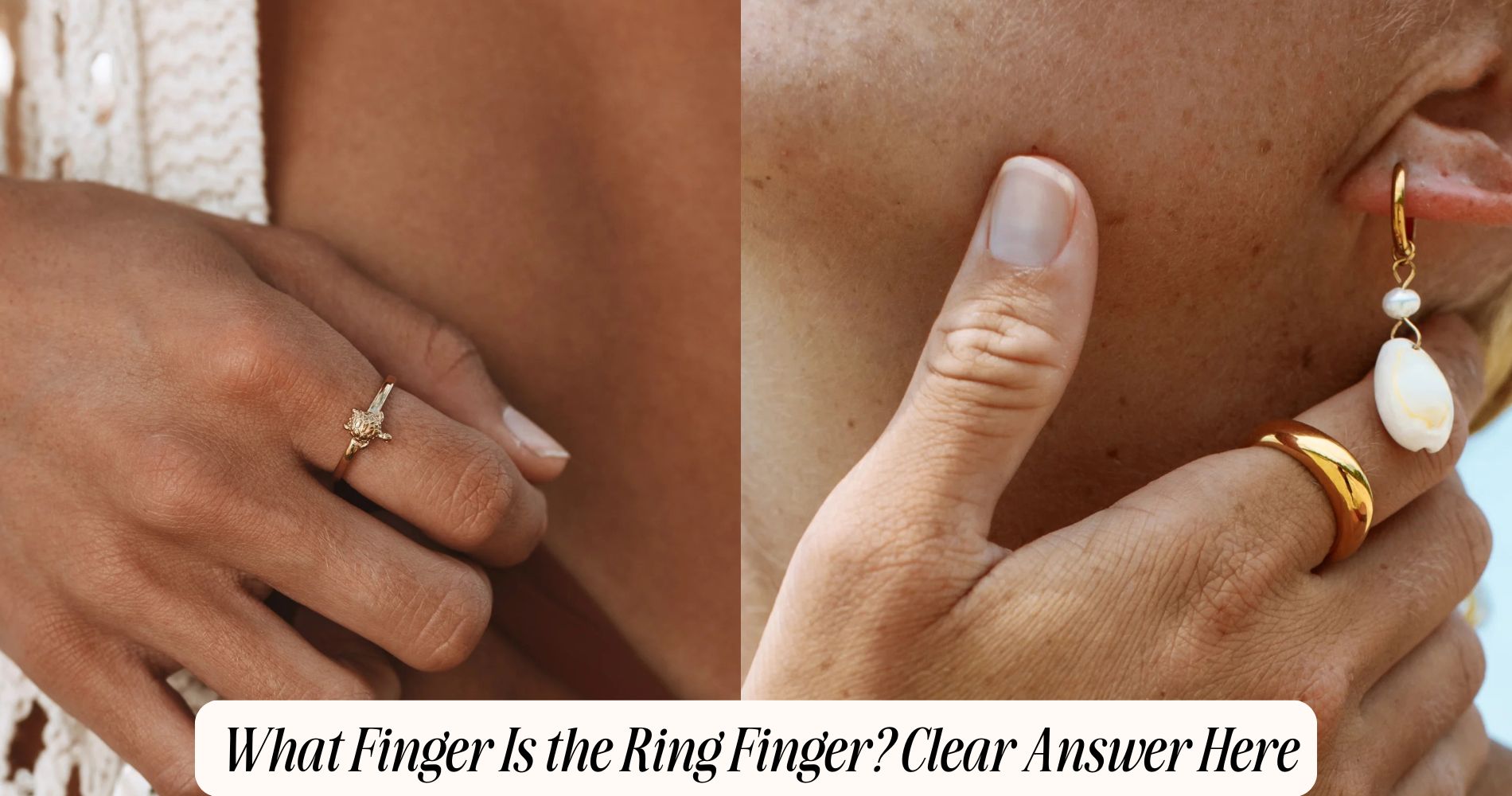
What Finger Is the Ring Finger? Clear Answer Here
Ever wondered what finger is the ring finger? It’s the fourth finger on your hand, located between your middle and little finger. In many Western cultures, it’s traditionally worn on the left hand for engagement and wedding rings—thanks to an old belief that it’s directly connected to the heart. Getting the right placement and fit matters not just for comfort, but also for style and symbolism. If you're searching for a versatile piece to wear every day, check out our Ring for Everyday Wear collection. Keep reading to explore how finger meanings and customs differ around the world.
Understanding the Ring Finger: Basic Anatomy
Although you might commonly refer to it as the "ring finger," anatomically, this digit is the fourth finger of the human hand, situated between the middle finger and the little finger.
When you examine finger anatomy, you’ll see the ring finger’s position is consistent across both hands—counting from your thumb, it’s always the fourth.
Structurally, the ring finger contains three phalanges (proximal, middle, distal) connected by two interphalangeal joints, and it’s controlled by tendons linked to the forearm muscles.
This finger anatomy provides moderate flexibility and strength, though it’s less independent than your index or middle fingers due to shared tendons.
Understanding the ring finger position is essential for precise glove fitting, ergonomic tool design, and creating wearable devices that interact comfortably with your hand’s natural structure.
The Traditional Ring Finger in Western Culture
Beyond its anatomical structure, the ring finger holds a specific cultural significance in Western societies. You’ll find that the fourth finger on your left hand, located between the middle and little finger, is traditionally identified as the ring finger. This designation isn’t arbitrary—ring finger symbolism runs deep, rooted in centuries-old traditions.
When you’re identifying this finger, use clear finger identification tips: start from your thumb and count outward; the fourth finger is always the ring finger. In Western culture, this finger is reserved for rings marking significant life events, serving both functional and symbolic purposes.
The design of jewelry for this finger often reflects its importance, with rings crafted for prominence and comfort. This enduring tradition shapes how you’ll select and wear rings.
Engagement Rings: Which Finger and Why
When you choose an engagement ring, tradition dictates you place it on the fourth finger of your left hand—the ring finger. This custom stems from the ancient belief that a vein, the vena amoris, runs directly from this finger to your heart, reinforcing the ring’s role as symbolic jewelry.
Jewelers design engagement rings with this tradition in mind, focusing on comfortable wear and proportional aesthetics for your left hand’s anatomy. Accurate ring sizing is vital; a well-fitted ring ensures security and showcases the gemstone’s brilliance without causing discomfort.
Modern techniques use precise measurement tools and sizing standards to achieve a flawless fit. By respecting this tradition, you honor both the history and the technical craftsmanship behind every engagement ring.
Wedding Rings: Placement and Significance
Curiously, wedding rings almost always find their place on the fourth finger of the left hand, echoing the same tradition as engagement rings but with distinct cultural nuances. You’ll notice that this placement isn’t arbitrary—it’s rooted deeply in ring finger history.
Historically, people believed a vein, the “vena amoris,” ran directly from the ring finger to the heart, reinforcing the finger’s romantic significance.
Modern designs emphasize comfort and durability, as wedding rings are meant for daily wear. The chosen metals—platinum, gold, or titanium—reflect both aesthetic preferences and practical needs.
Cultural symbolism also plays a pivotal role; the wedding ring’s enduring circle represents unbroken unity and commitment. Your choice of placement and design continues this legacy, blending tradition with personal expression.
Alternative Ring Finger Customs Around the World
While the tradition of wearing wedding rings on the fourth finger of the left hand prevails in many Western countries, global customs reveal unique variations in both finger selection and hand preference.
You’ll find that in India, historical traditions sometimes place wedding or engagement rings on the right hand, while in parts of Scandinavia, the left ring finger is reserved for engagement, and the right for marriage.
Some Eastern Orthodox cultures use the right ring finger as a standard.
In Jewish ceremonies, the index finger is briefly featured.
These cultural variations affect not just which finger you choose for a ring, but also the design and symbolism incorporated.
Understanding these alternatives allows you to appreciate the technical artistry and significance embedded in ring-wearing customs worldwide.
Left Hand vs. Right Hand: Cultural Differences
Why do some cultures designate the left hand for wedding rings, while others insist on the right? The answer lies in deep-rooted cultural symbolism and regional variations.
In Western societies, you’ll typically wear your wedding ring on the fourth finger of your left hand. This tradition comes from the belief in a “vein of love” directly connecting that finger to the heart.
However, in countries like Germany, Russia, and India, the right hand is the standard for wedding rings, reflecting different historical and religious influences.
You’ll notice that design practices and etiquette adapt to these regional variations. Jewelers often tailor ring sizing and setting orientation based on local customs.
Understanding these differences ensures you respect tradition and select a ring that truly fits your cultural context.
The Meaning Behind Each Finger
Although each finger serves a functional purpose, their symbolic meanings influence jewelry design and ring placement around the world. Understanding finger symbolism gives you insight into why certain rings are worn on specific fingers.
The thumb often symbolizes strength and independence, while the index finger represents authority and leadership. The middle finger, being central, stands for balance and responsibility.
The ring finger, primarily associated with love and commitment, is the traditional location for engagement and wedding bands in many cultures.
The pinky finger signifies communication and professional status, especially in Western traditions.
Cultural variations play a significant role; for example, in some countries, the ring finger for wedding bands is on the right hand.
Design choices reflect both personal and cultural symbolism, impacting how you select and wear rings.
Tips for Wearing Rings Comfortably and Stylishly
Choosing rings that fit properly guarantees long-term comfort and prevents unnecessary strain on your fingers. Accurate ring sizing is essential—use a professional sizing tool or visit a jeweler to determine your exact measurement. Always consider potential swelling that can occur throughout the day.
Opt for jewelry materials like platinum, gold, or hypoallergenic metals to minimize skin irritation and ensure durability. When selecting designs, balance boldness and practicality; wider bands might look striking but can feel restrictive if not sized correctly.
For stacking rings, maintain consistent sizing and mix finishes for a stylish effect. Avoid wearing rings during activities that may expose them to chemicals or force.
Frequently Asked Questions
Can Wearing Rings on Certain Fingers Affect Your Health?
Wearing rings on certain fingers generally doesn't affect your health physically, but ring finger symbolism and cultural differences can influence your psychological well-being. Design-wise, guarantee proper sizing to prevent circulation issues or skin irritation, maximizing comfort and safety.
Are There Special Rings for People With Allergies or Sensitive Skin?
If you’ve got allergies or sensitive skin, you’ll find special rings made from hypoallergenic materials like titanium, platinum, or medical-grade silicone. Jewelry designers create allergy friendly designs to minimize skin irritation and guarantee long-term comfort.
How Do You Measure Your Ring Size at Home?
To perform an accurate ring size measurement at home, use a strip of paper or flexible tape. Wrap it around your finger, mark the overlap, and compare the length to a sizing chart. Home sizing tips: measure at day's end.
Can You Wear a Ring on a Necklace Instead of Your Finger?
You can wear a ring on a necklace instead of your finger, offering necklace ring alternatives. While you won't display traditional ring finger symbolism, this method maintains your ring’s design integrity and ensures safe, visible wear.
How Should You Clean and Care for Your Rings?
For proper ring cleaning and ring maintenance, use a gentle jewelry cleaner and a soft brush, especially for delicate settings. Avoid harsh chemicals. Regularly inspect prongs and settings to make certain your ring’s design integrity and material longevity.
Conclusion
Now you know exactly which finger is the ring finger—it’s the fourth finger on your hand, counting from the thumb. In most Western cultures, you'll wear engagement and wedding rings here, typically on the left hand, though customs vary globally. Understanding finger placement helps you honor both tradition and style. Choose rings that fit comfortably and suit your personal design aesthetic, ensuring both meaning and daily wearability. Let your choices reflect your story and expertise.














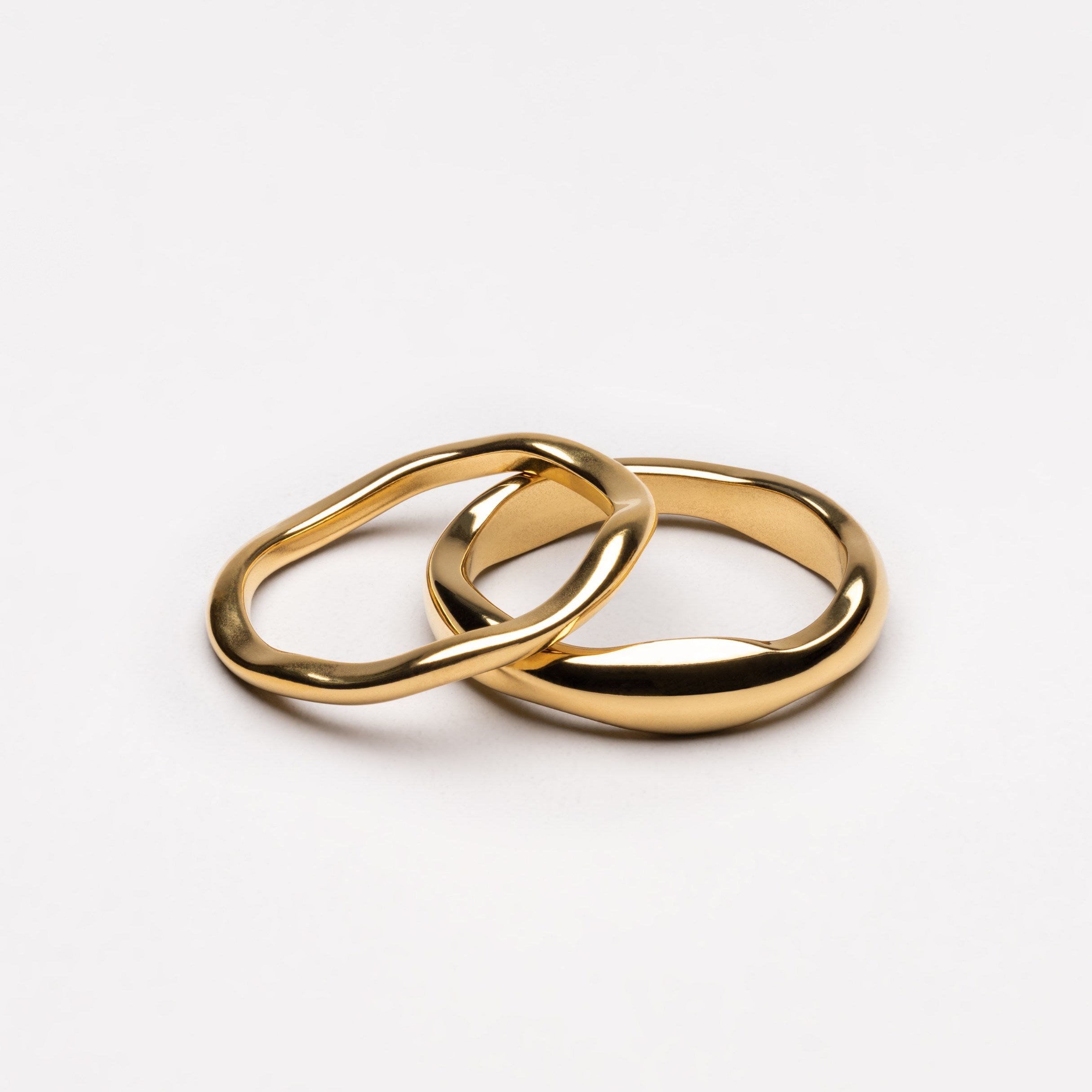
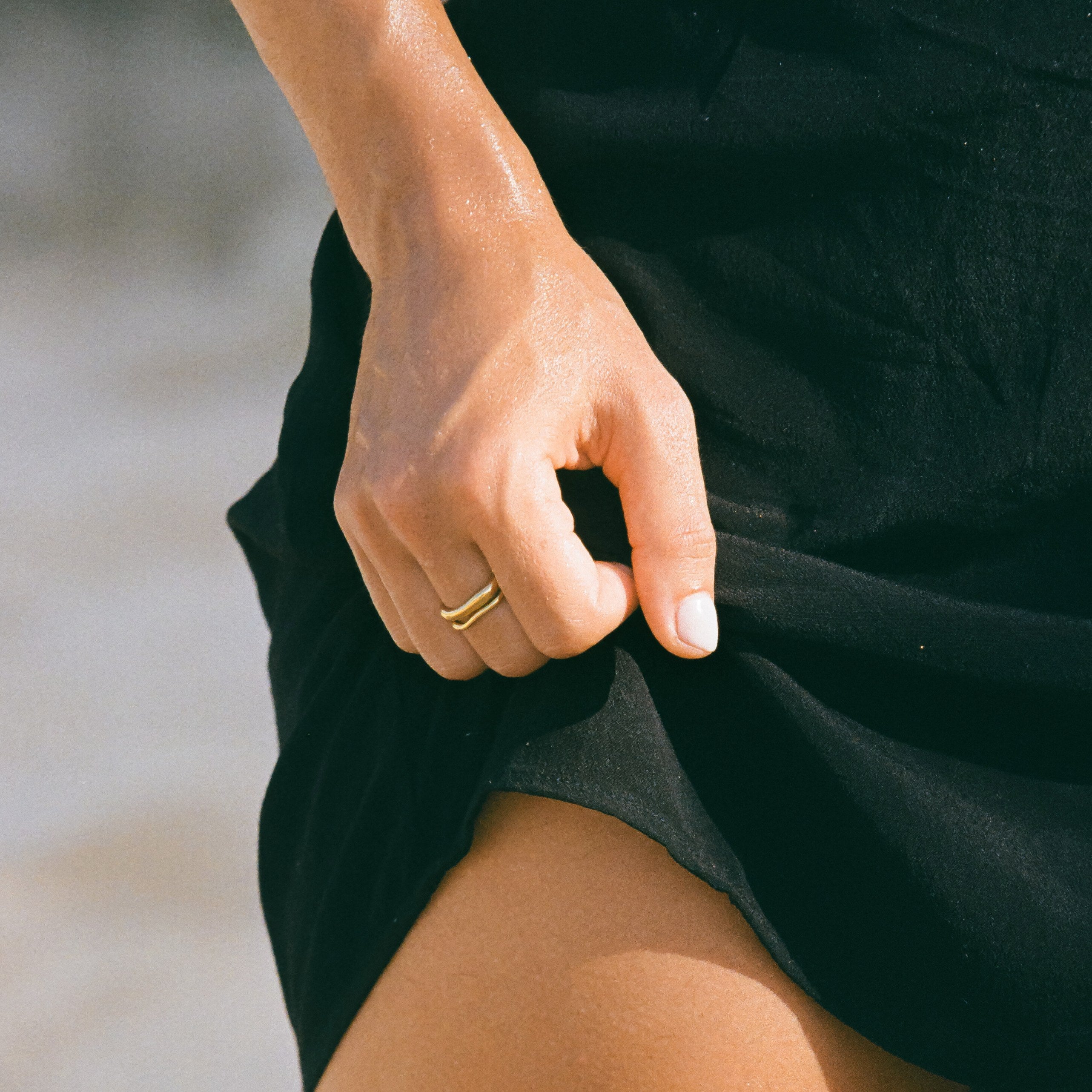

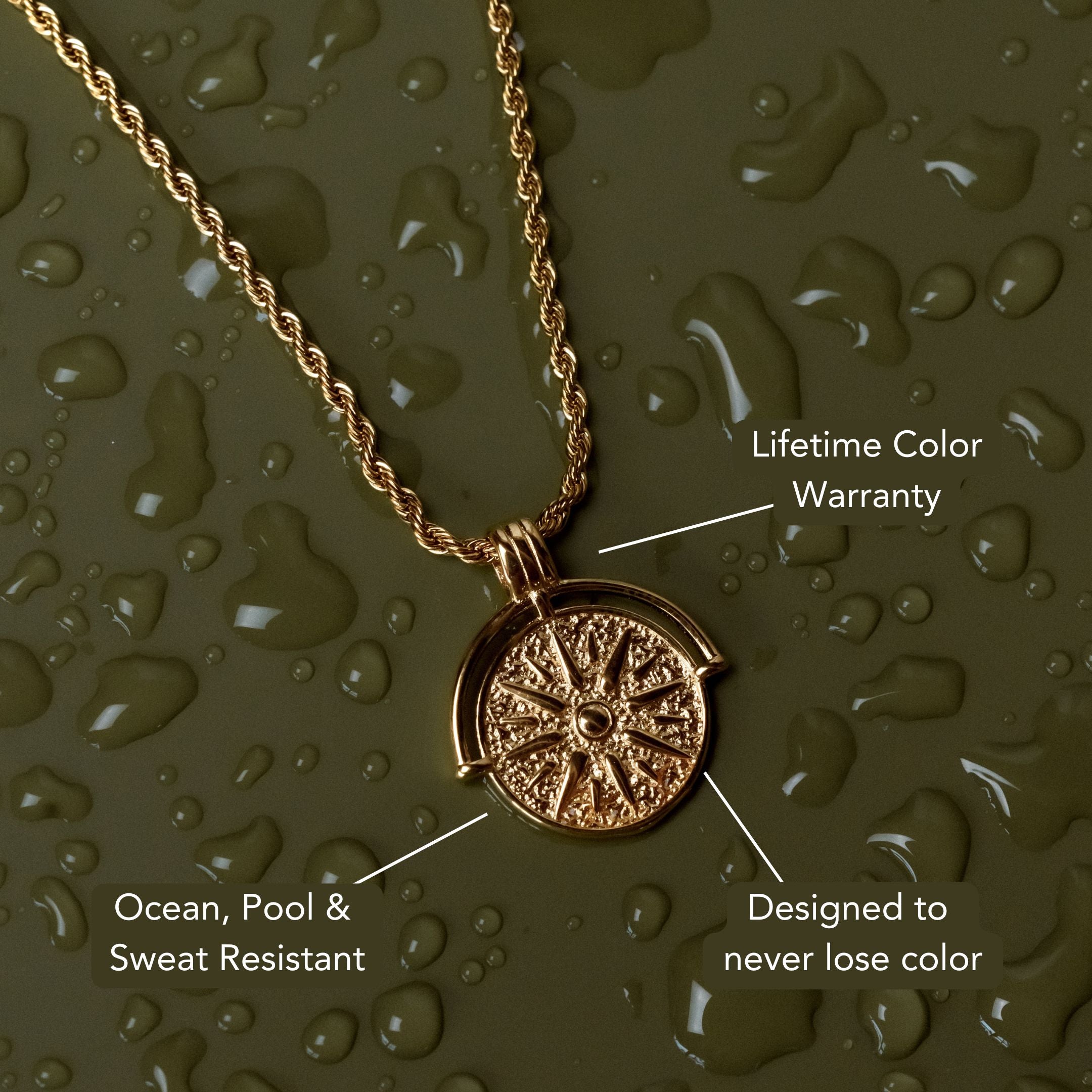
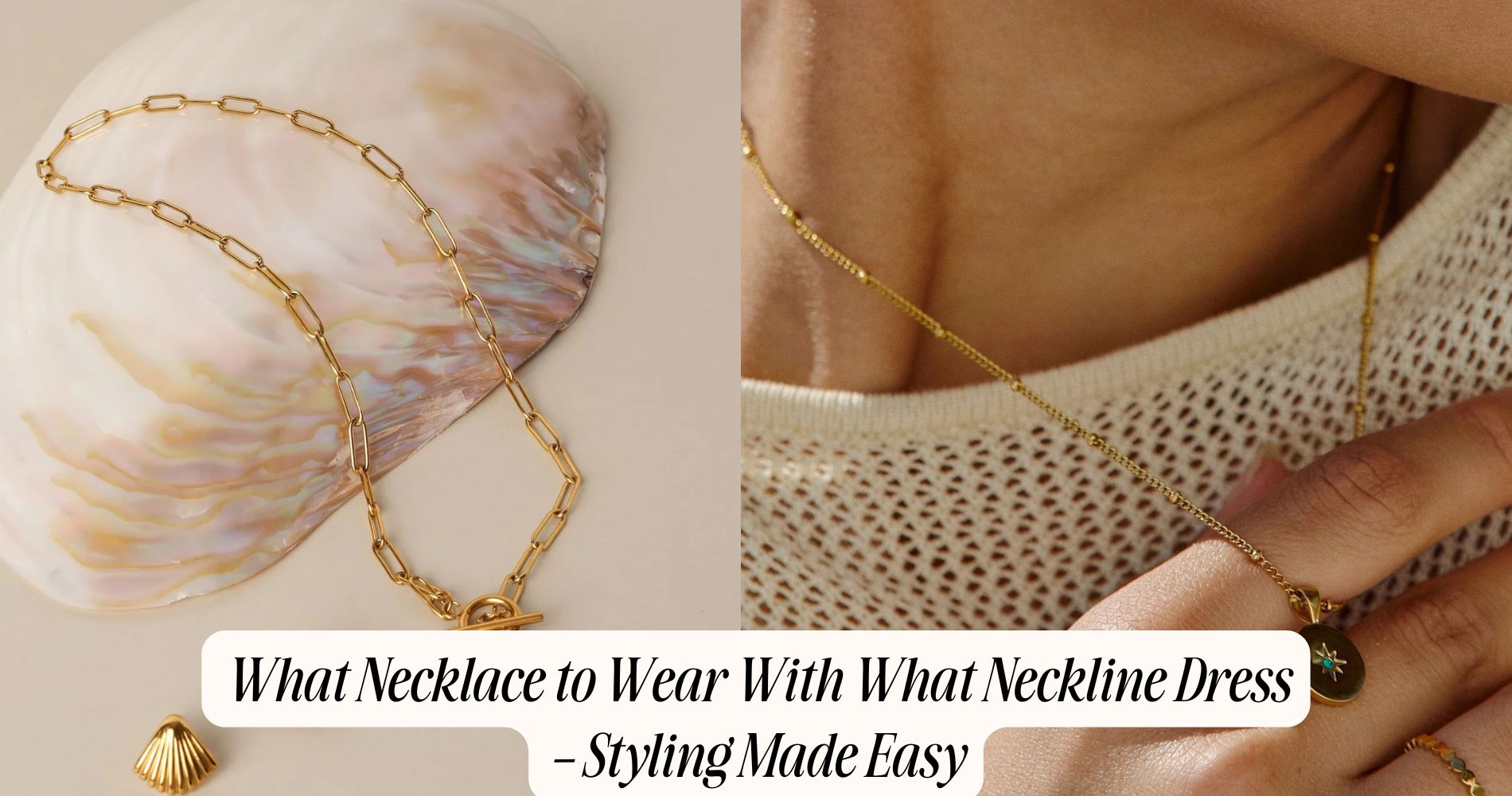
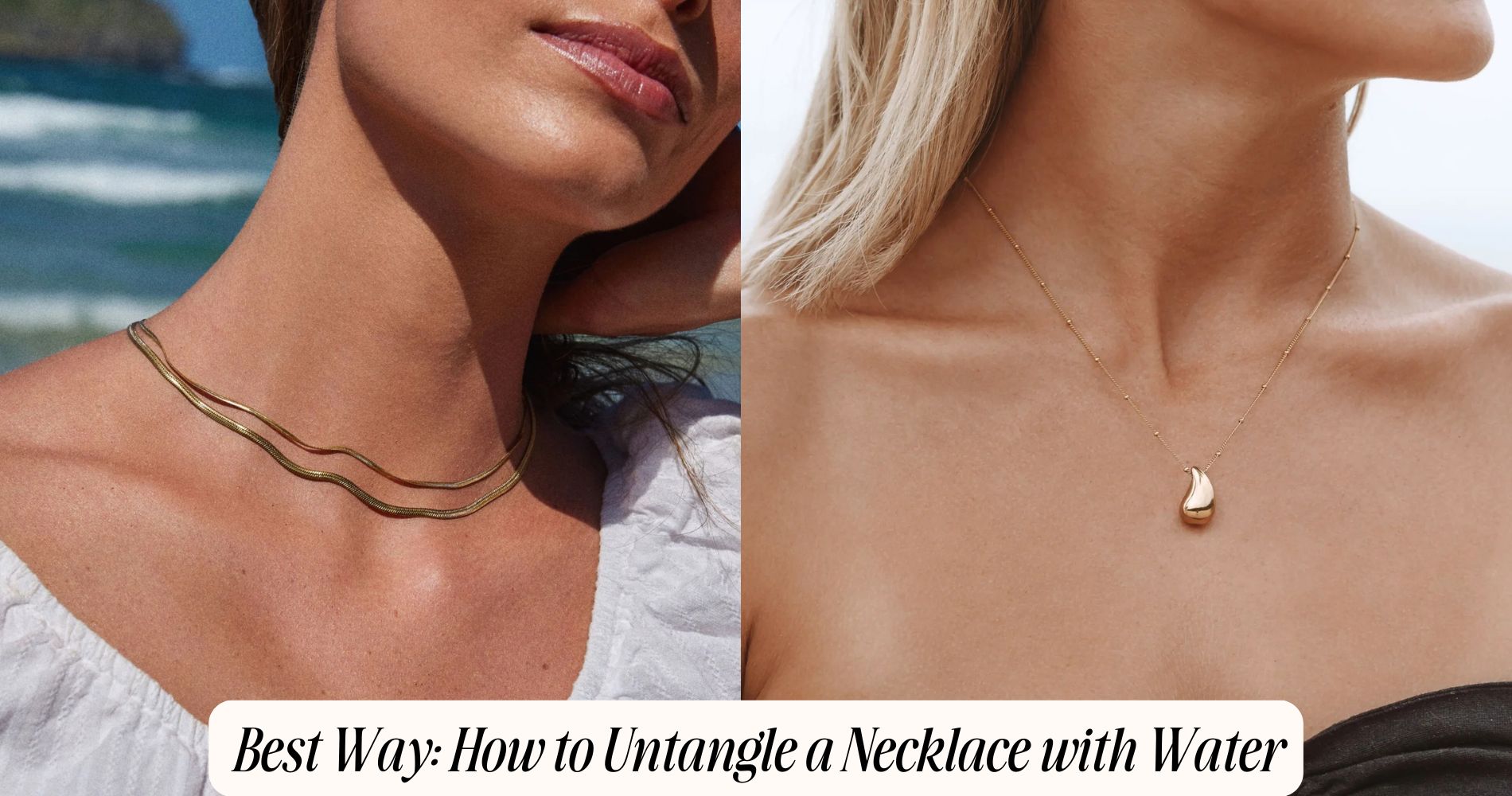




Leave a comment
This site is protected by hCaptcha and the hCaptcha Privacy Policy and Terms of Service apply.